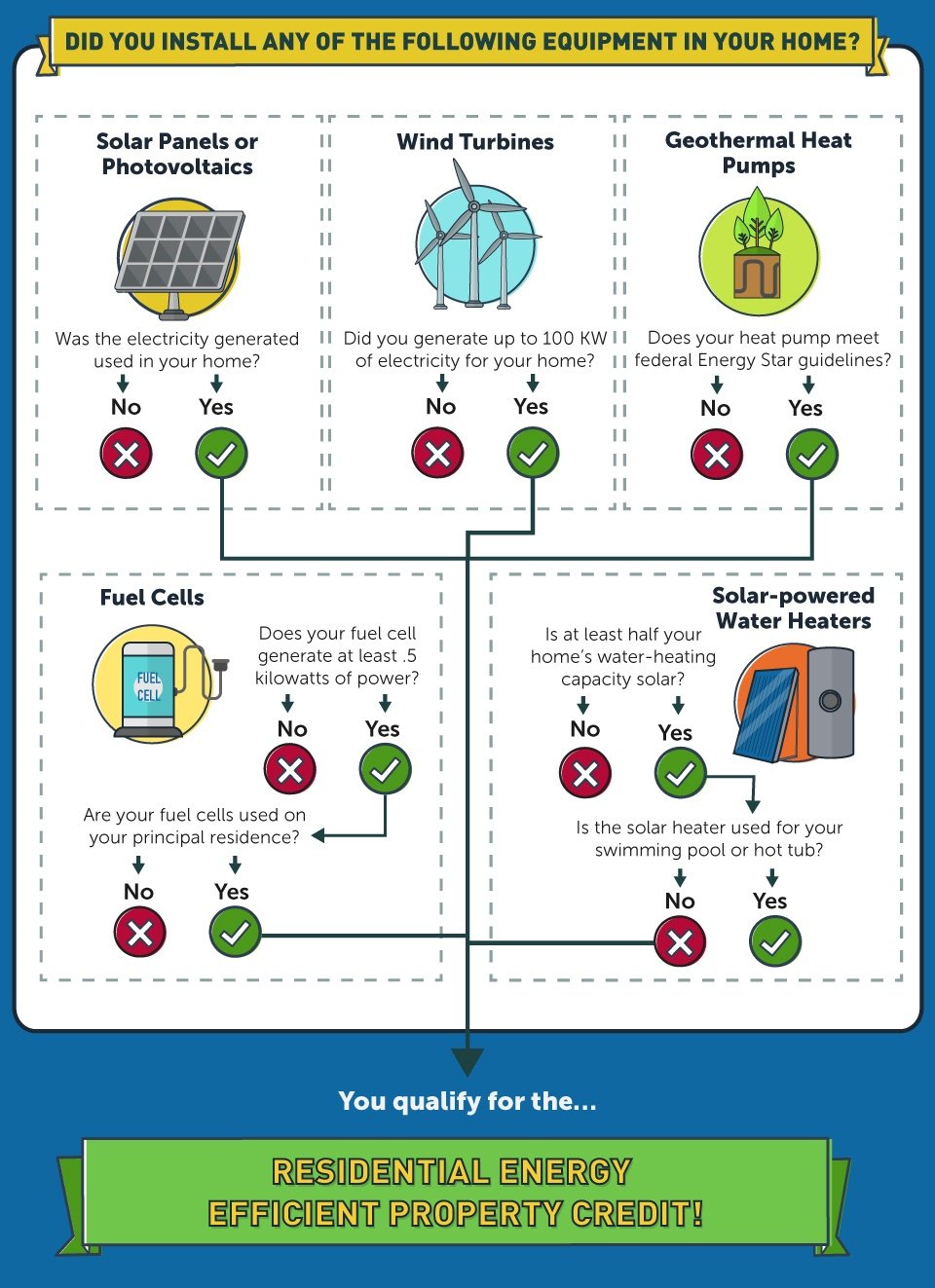
For the first 24 months of the construction loan, you can deduct the interest payments from your tax bill. New buildings constructed today will qualify for the deduction if the building meets current codes that exceed the law’s energy efficiency requirements.

(2) building envelope, or (3) heating, cooling, ventilation, or hot water systems that reduce the energy and power cost of the interior lighting, hvac, and shw systems by 50% or more in comparison to a building meeting minimum requirements set by ashrae.
When energy efficient tax deductions for new construction. Building envelope hvac and hot water interior lighting §179d tax deduction energy The tax credits for residential renewable energy products are now available through december 31, 2023. Owners to qualify for the tax deductions.
Tax deductions for energy efficient commercial buildings allowed under section 179d of the internal revenue code were made permanent under the consolidated appropriations act of 2021. Renewable energy tax credits for fuel cells, small wind turbines, and geothermal heat. Idaho residents with homes built or under construction before 2002, or who had a building permit issued before january 1, 2002, qualify for an income tax deduction for 100% of the cost of installing new insulation or other approved energy efficiency improvements in an existing residence.
A credit is used to reduce the amount you pay, and a deduction reduces your total taxable income. More for you how to get. The historical performance of existing buildings is not used for the energy savings calculations for tax deduction purposes.
If you’re married and filing separately, this amount is reduced to $500,000. 179d allows for an immediate deduction of up to $1.80/sq. This credit is worth a maximum of $500 for all years combined, from 2006 to its expiration.
Background in new construction, building systems and working with developers is critical and mechanical or energy engineering, sustainability and/or energy efficiency expertise is preferred. One out of three two out of three three out of three • hvac/water heating • building envelope reduces overall energy costs off cost of system • lighting Any insulation added must be in addition to, not a replacement of, existing insulation.
For the first 24 months of the construction loan, you can deduct the interest payments from your tax bill. It also only applies to the initial $1 million of the loan. However, this only applies if the finished building is your primary or secondary residence.
You can claim a tax credit for 10% of the cost of qualified energy efficiency improvements and 100% of residential energy property costs. Thereof what construction costs are tax deductible? Or (3) heating, cooling, ventilation, or hot water systems that reduce the energy and power cost of the interior lighting, hvac, and service hot water systems by 50% or more in comparison to a building meeting minimum.
In addition, most states and local. A tax deduction of $1.80 per square foot is available to owners of new or existing buildings who install (1) interior lighting; For “commercial buildings” that achieve a 50% reduction in total energy and power costs for lighting, hvac and hot water systems, in comparison to 2001 energy standards.
Current revision form 8908 pdf instructions for form 8908 (print version) pdf recent developments none at this time. They come in the form of tax deductions and tax credits. In the interest of promoting sustainability in construction and economic development, the university will consider allocating its section 179d deductions to qualifying designers pursuant to the process outlined in the.
Home insulation products may also qualify for a tax credit if they meet energy star standards. New buildings constructed today will qualify for the deduction if the building meets current codes that exceed the law’s energy efficiency requirements. Of that combined $500 limit, turbotax will search over 350 deductions to get your maximum refund, guaranteed.
Vehicles, machinery, and equipment (line 20a) About form 8908, energy efficient home credit eligible contractors use form 8908 to claim a credit for each qualified energy efficient home sold or leased to another person during the tax year for use as a residence. There are tax credits available for new home construction.
A tax deduction of $1.80 per square foot is available to owners of new or existing buildings who install (1) interior lighting; Building owners can qualify for deductions ranging from 60 cents to $1.80 per square foot for buildings that are constructed or renovated to save from 10% to 50% on total annual energy costs. The tax credit is available for homes built/manufactured in the united states between january 1, 2018, and december 31, 2021.
In addition, anything that reduces air loss, weather stripping,. (2) building envelope, or (3) heating, cooling, ventilation, or hot water systems that reduce the energy and power cost of the interior lighting, hvac, and shw systems by 50% or more in comparison to a building meeting minimum requirements set by ashrae. In 2018, 2019, 2020, and 2021, an individual may claim a credit for (1) 10% of the cost of qualified energy efficiency improvements and (2) the amount of the residential energy property expenditures paid or incurred by the taxpayer during the taxable year (subject to the overall credit limit of $500).
Utilizing internal revenue code section 179d, building owners are able to claim a tax deduction of up to $1.80 per square foot (sf), adjusted for inflation, for installing energy efficient systems in either new construction, rehabilitation or remodel/retrofits of commercial buildings, and residential properties with four stories or more. This credit is worth a flat $300. Improvements • offices • retail stores.
Going forward, the act requires that the applicable energy efficiency standard is 50% above the ashrae standard that is in place two years before the start of construction. They must also come with a thermal efficiency of 90% or up.